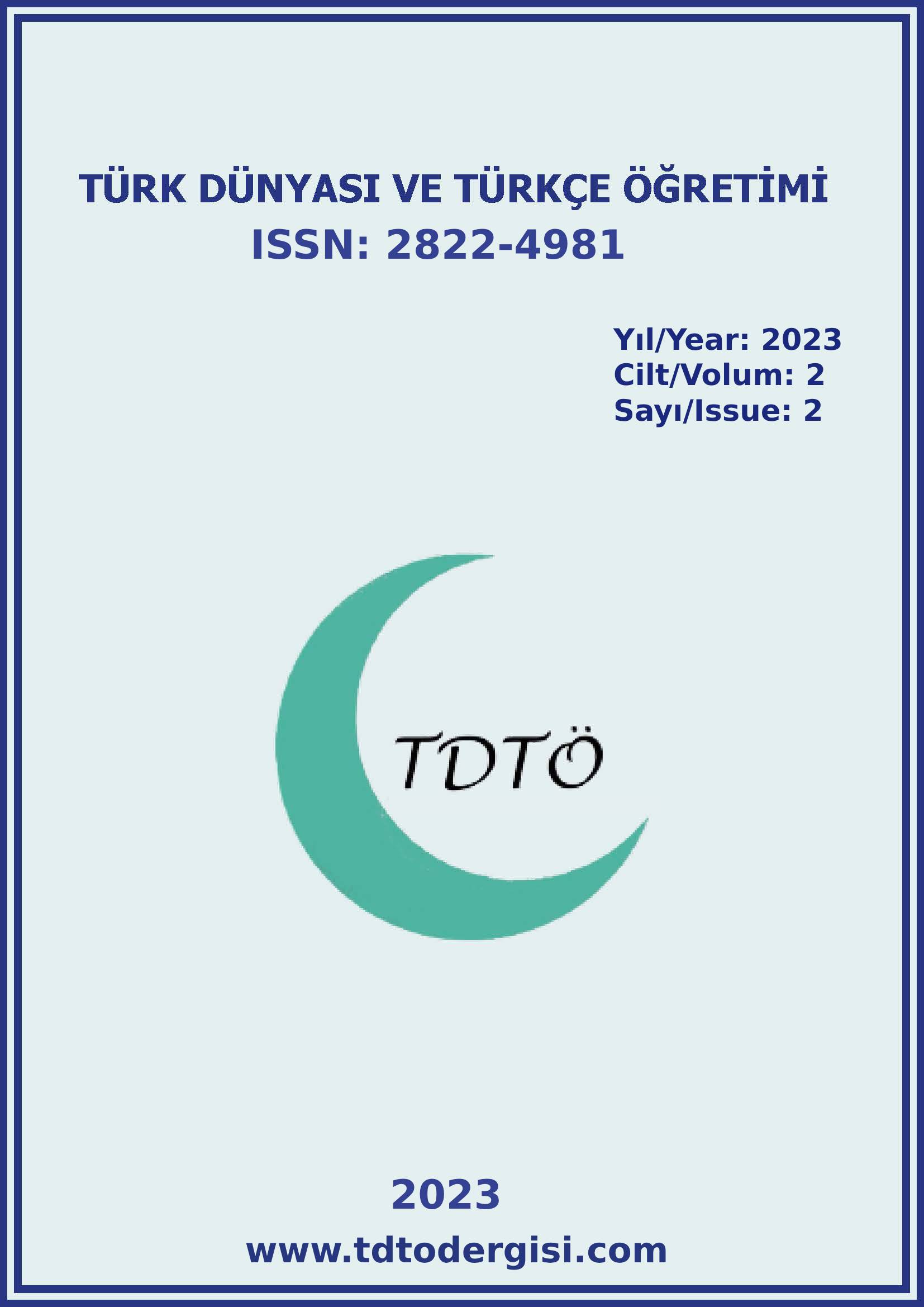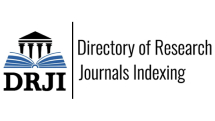TWO CONFUSED CONCEPTS IN LINGUISTICS: HOMONYMY AND HOMOPHONY
DOI:
https://doi.org/10.5281/zenodo.10437037Keywords:
Linguistics, Homonym, Homophon, Turkish.Abstract
The progress of a branch of science means that it forms a coherent, organised and universal body of knowledge within that branch. At the same time, these terms reveal the universal and cultural characteristics of the language and are a tool for the scientific study of language. In Turkish, it is seen that many researchers working on Linguistics adopt different approaches when using related terms. These differences are an indication of the fact that Linguistics terms have not been established and standardised in Turkish. This study focuses on the terms 'homonymy' and 'homophony', which tend to be confused with each other. It has been observed that these terms are confused and used interchangeably in many teaching tools used in higher education institutions starting from secondary education. The main reason for this situation is that Turkish has a phonetic alphabet; that is, a word is read as it is written and written as it is read, making the distinction between homophony and homonymy ambiguous. The phonetic alphabet is a writing system in which each sound corresponds to a letter and each letter corresponds to a sound. Homophony refers to the situation where two or more words are pronounced in the same way, although their meanings and spellings are different. Homonymy, on the other hand, refers to the relationship between words with the same spelling and pronunciation, although their meanings are different. Therefore, it is seen that the terms homonymy and homophony are completely different concepts and there is no scientific reason to use them interchangeably.
Downloads
Published
How to Cite
Issue
Section
License
Copyright (c) 2023 Türk Dünyası ve Türkçe Öğretimi

This work is licensed under a Creative Commons Attribution 4.0 International License.










